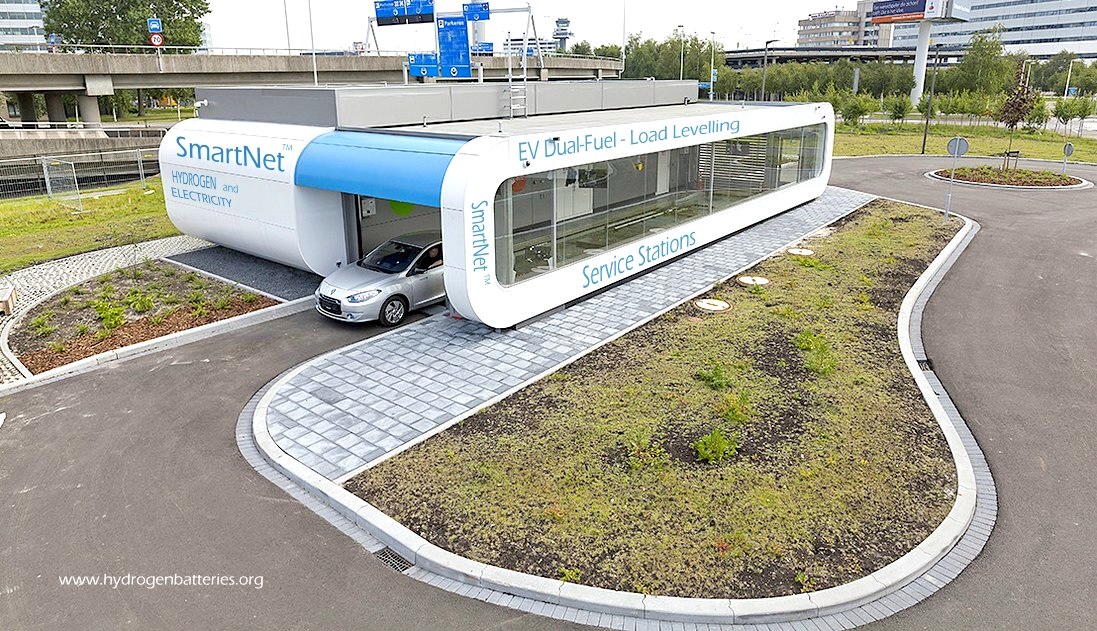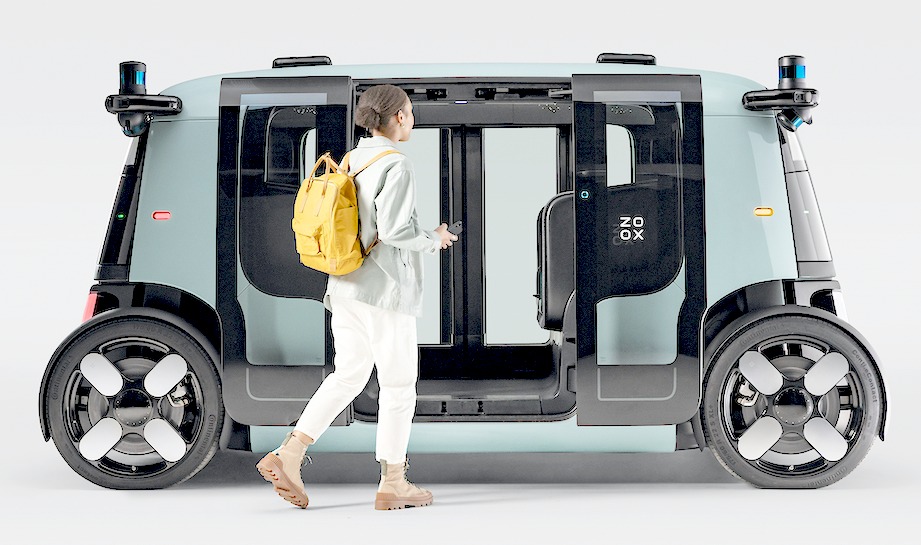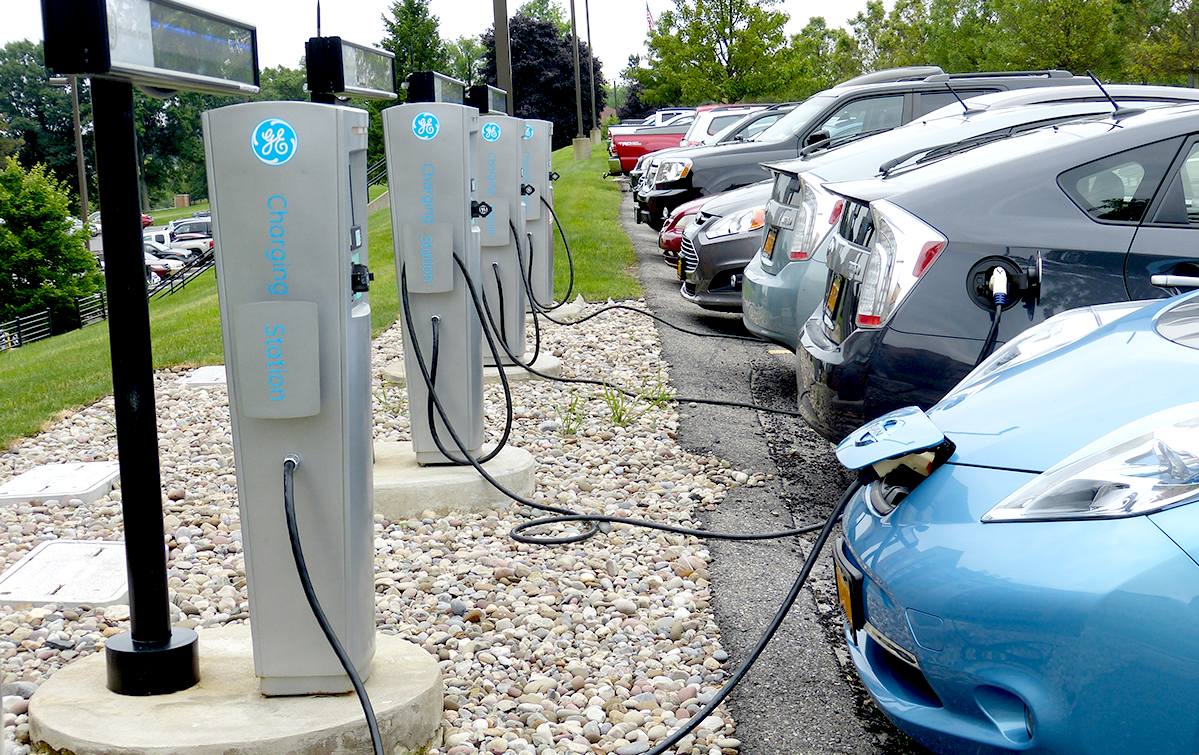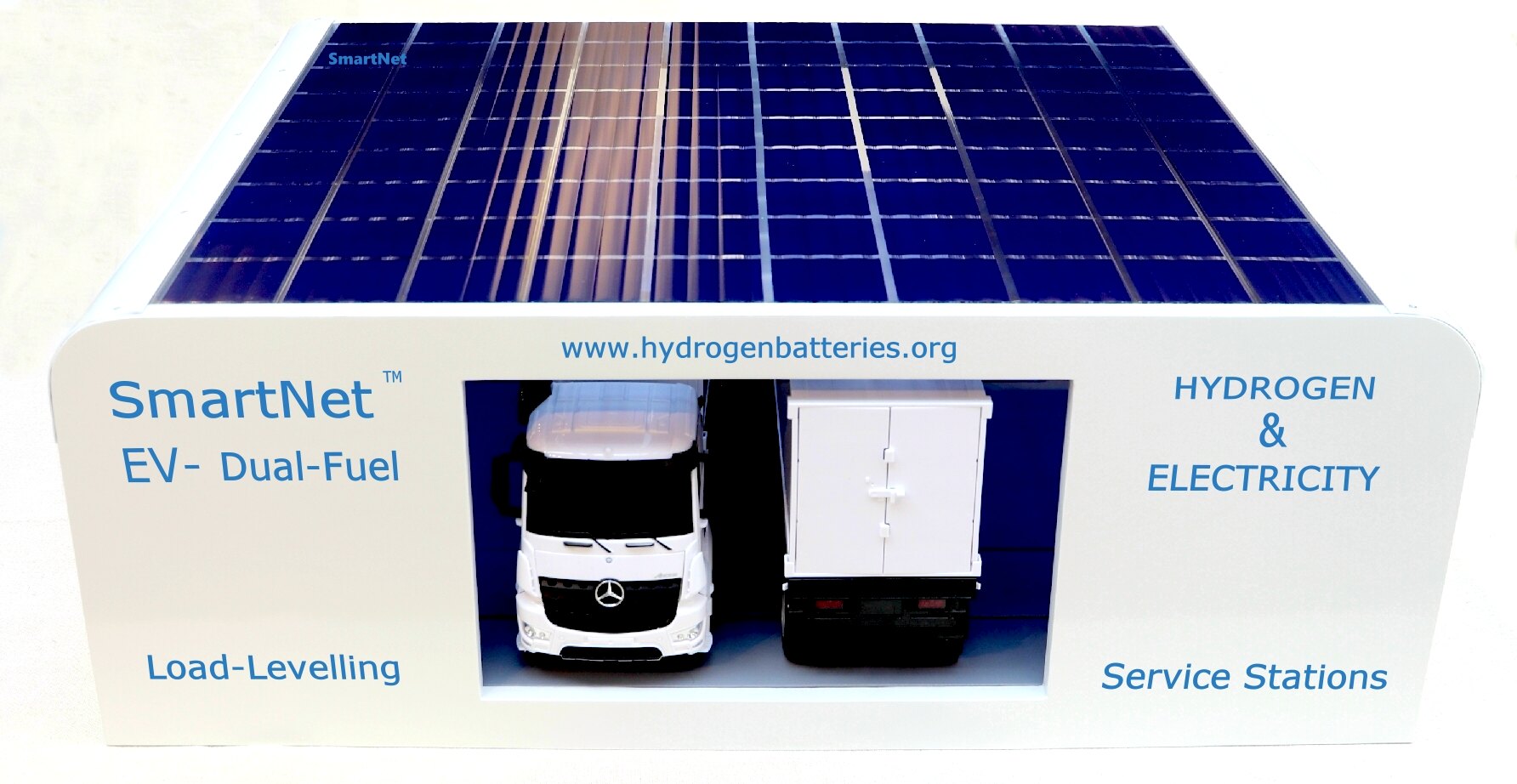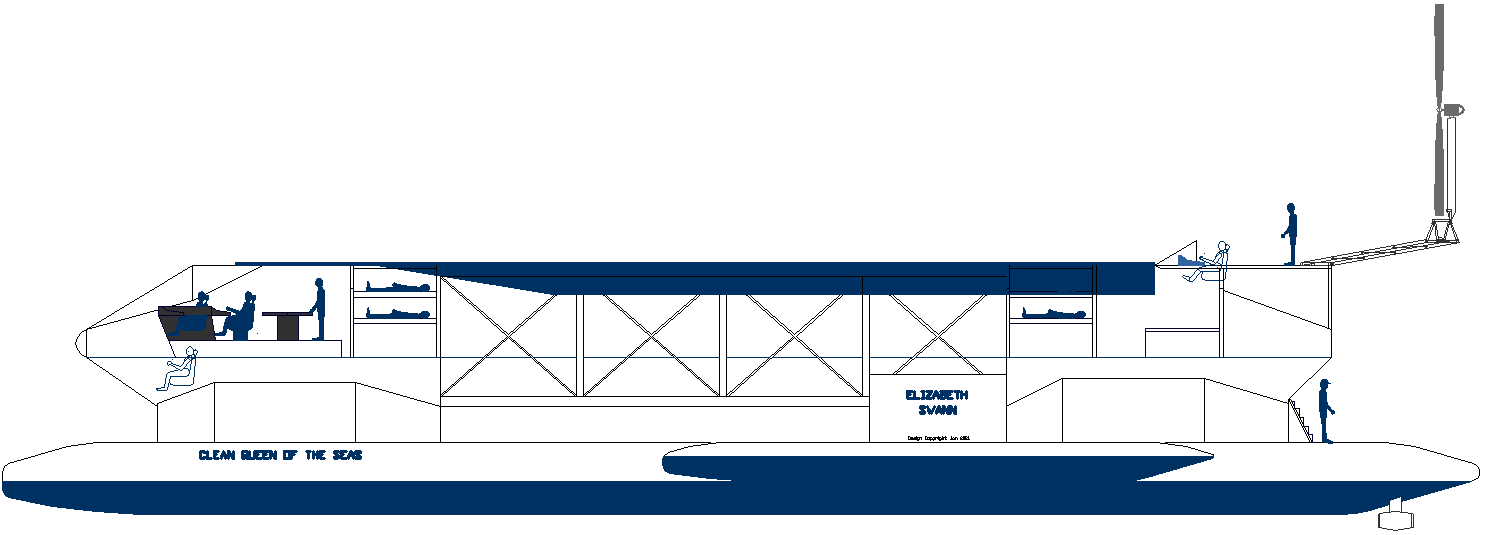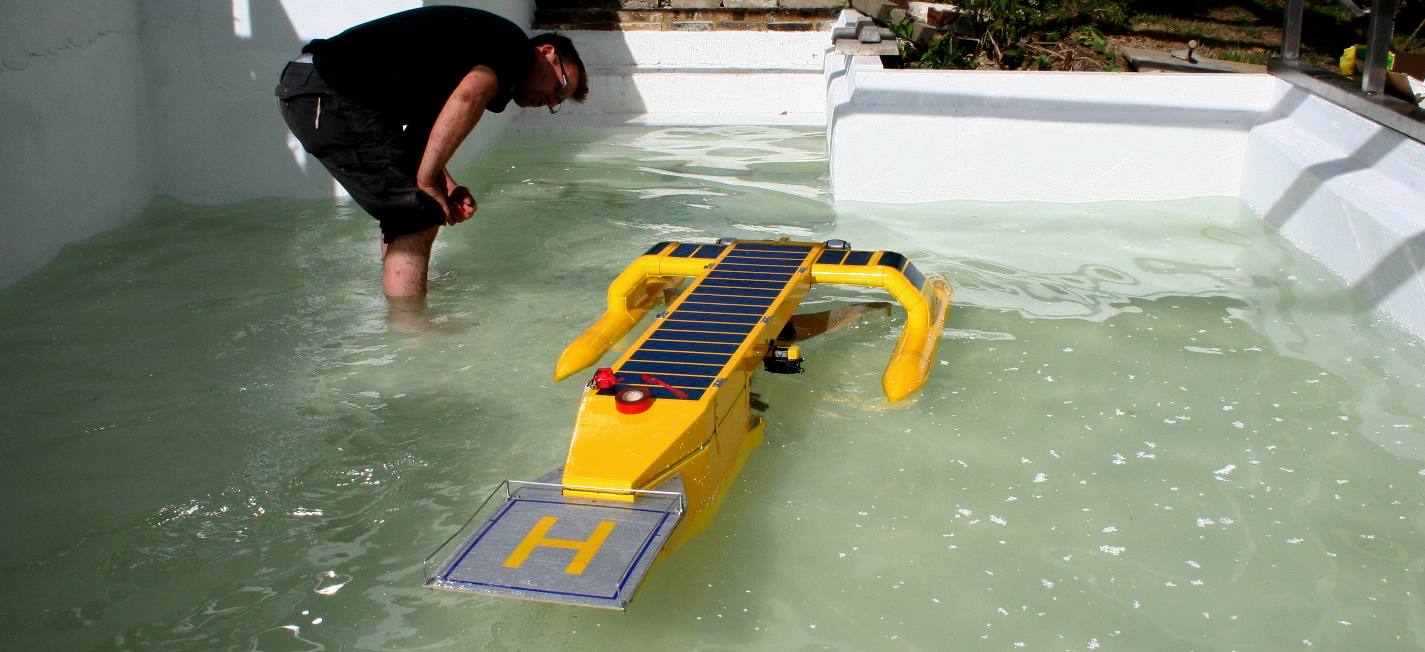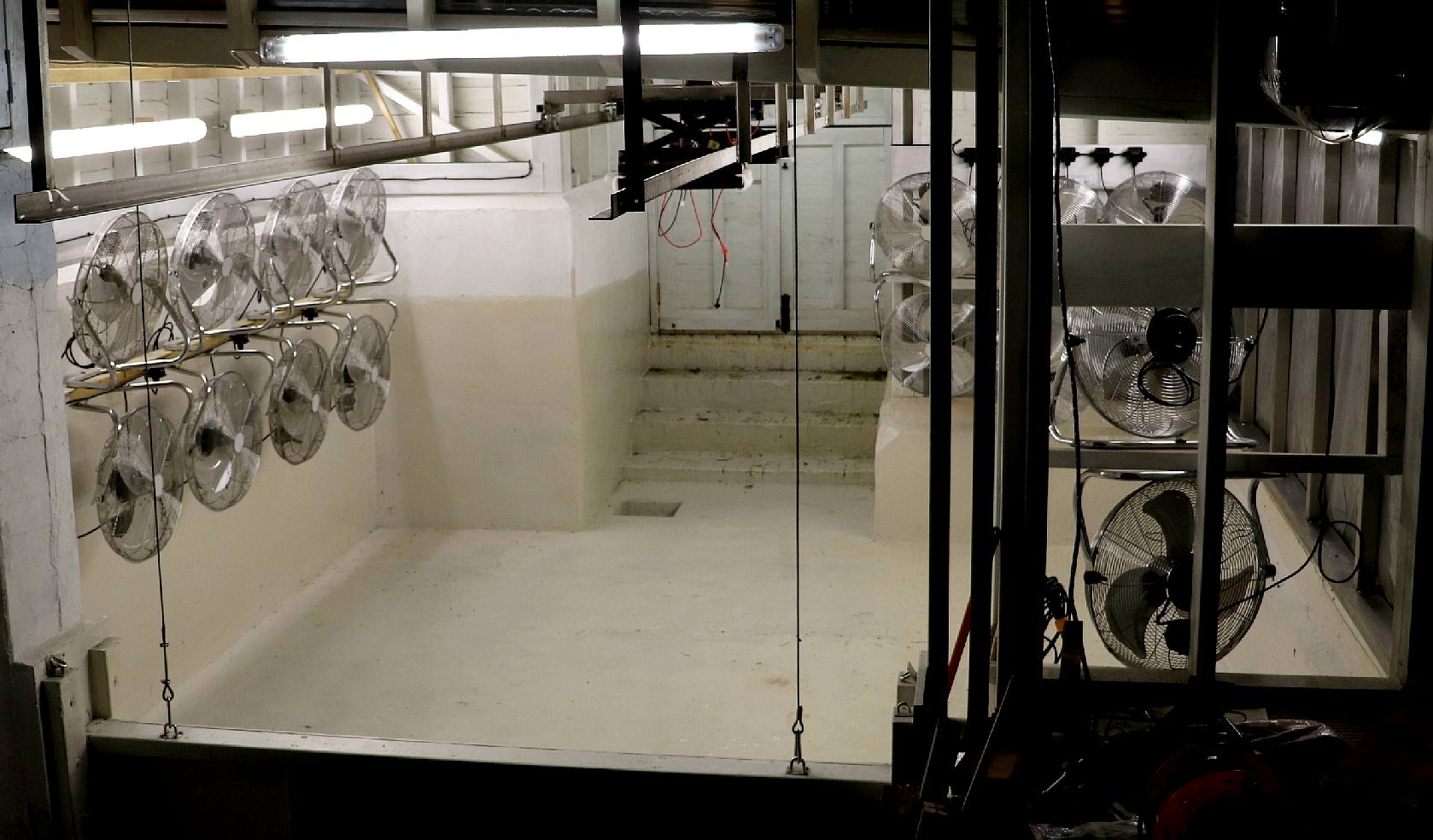|
|
|||
|
WORLD'S FIRST HYDROGEN CARTRIDGE CAR: No, it's not a Bugatti concept car. It is a British design, incorporating the first ever ammonia, hydrogen and methanol compatible cartridge recharging system. This car is an exhibit in a private museum in Sussex (England). Built in 2014 with the help of students. The pitfalls and shortcomings of the patent system meant that protection could not be secured without bankrupting the innovators. After Robert Kearns epic battle with Ford and other automotive marques, who would want to enter that world of hurt. The design is copyright protected. The IP relating to the 'universal' cartridge system was never revealed.
TRANSPORT SOLUTION FOR HGVs - With 7.7 billion+ of us on the planet (2021), our energy requirement is rising - and that means global warming, unless we act expeditiously to cut our carbon footprints. One way of lowering CO2 levels would be to phase in electric transport with a comprehensive support infrastructure for battery and hydrogen EVs, with load levelling storage capability.
Over 600,000 gas stations will need to be converted or replaced between 2025 - 2050, to make way for the EV revolution. We would suggest as (flat-packed) Smartnet™ dual-fuel, load levelers, to cut the loss making in supplying hydrogen to FCEVs.
Many Governments are now tackling this problem head on (some) with generous grants for innovation and trials. Even China is funding Pilot Schemes. The UK only offers 50% match funding, but has the Climate Change Act 2008, giving them binding targets to meet their 2015 Paris agreements from COP21, bolstered by the Automated & Electric Vehicle Act 2018, whereas, other economies are fighting shy of commitment - understandably - if they do not have all the answers. Please see below for one of many possible solutions. We fully appreciate that with so many vested interests, such a proposal is unlikely to be well received. But change is inevitable and necessary to prevent Man Made Famines in other parts of the world!
COMPATIBILITY - Before Whitworth standardized thread sizes, engineering compatibility was very hit and miss. Now, we take metric thread sizes for granted, and how much simpler for engineers - not having to invent a new size for each application. But with EVs, we don't seem to have learned that lesson yet. Each model appears to have its own size pack. The SmartNet™ system caters for all sizes of vehicles, battery or hydrogen, cartridge and plug in. One size fits all - and we're going to need that, with 600,000 service stations to replace in the next 29 years.
ROBOTAXIS - Zoox is an autonomous vehicle company that was acquired in 2020 by Amazon, as one example of investors chucking money at robotic technology. Robotrucks and taxis are the latest gold rush for lovers of silicon investments. THE SLOW LANE - We all live fast lifestyles. Waiting 30 minutes for rapid charging not only strains the grid, but also damages batteries, and nobody has thirty minutes to waste - best case - worst case 6-8 hours. A truck size battery would take hours to (so-called) rapid charge. It is just not practical. Ignoring for now that there are no charging points along the streets in towns and cities, or at supermarkets. The solution is SMARTNET instant recharging. One size fits all. With such a system we can kiss goodbye to petrol and diesel carcinogens.
This is a concept that has been bandied about for many years, to provide a infrastructure capable of recharging heavy goods vehicles instantly, via swapping of energy cartridges, where plug in park & charge takes too long and there are few charging points on the streets in any event: 11,300 locations (31,500 plugs) for 32.5 million passenger cars in the UK - hence the Automated & Electric Vehicles Act 2018. The real battle for the FCH-JH and G20 is providing energy for long-range trucking. The proposed system deals with that.
Did you know that battery swapping is already a proven concept that is being used in China and India right now? A more versatile system could be used to store energy as hydrogen, or optionally, in lithium batteries - amalgamating two hitherto incompatible systems, so advancing the elusive hydrogen economy.
ONLY A MODEL 1:20 - In May 2021, this model of the proposed service station was progressed with two Mercedes articulated container trucks inside. We were using plywood for the building and some of the working parts - that cannot be shown due to patent law prohibiting prior publication. The Automated & Electric Vehicle Act 2018, makes it law in England that provision must be made for charging and refuelling of electric vehicles at service stops. This system would more accurately be described as a refuelling point - since the energy exchanges for trucks and cars are virtually instant - automatic for robotrucks and robotaxis. The building can be a quarter this size for city locations where space is limited and land prices high. But for load levelling purposes, the larger the capacity of stored electricity, the more efficient the grid. Copyright photograph © 6 April 2020, Cleaner Ocean Foundation. *A company for registration in a tax friendly development zone.
|
|||
|
This is a suggested plan of action for the climate affected:
1. Formulate a 'Standard' for vehicle energy cartridges to accept batteries or hydrogen for fuel cells.
2. Design a SMART service station to handle the 'Standardized' energy cartridges for cars & trucks.
3. Use the SMART stations for load-levelling to store off-peak solar & wind electricity for peak demands.
4. Make electric cars cheaper to purchase and operate with Pay As You Drive technology future proofing.
|
A HARD SHELL TO CRACK - Help us to help the world electrify. A versatile service system, removes the resistance to Electric Vehicles, and protects private car buyers against making the wrong choice. Development of the proposed energy infrastructure is dependent on car makers and energy suppliers working together to hatch the solution.
|
||
|
SOLAR & HYDROGEN LONG RANGE ZEWT: Potentially that world's largest & fastest solar powered ship. The SS Elizabeth Swann™ is a cutting edge trimaran, 44 meters long with active outrigger hulls (or sponsons) that allow the vessel to trim for extremely efficient running - the first in the world with this feature. She has solar wings that fold for storms and track the sun, and a wind turbine on a mast, that can be raised and furled in high winds (just like a sail), also robotically controlled. She will also feature electric hydrojet drives (pod thrusters) to further enhance performance. Lastly, the unique design of the hulls, enables the mass storage of hydrogen, for enhanced performance during long range cruising, as an energy backup. Hence, the vessel qualifies as a ZEWT = Zero Emission Waterborne Transport. The vessel could be a contender for the Jules Verne Hydrogen Trophy, subject to modification. Design Copyright © January 2021 Cleaner Ocean Foundation, all rights reserved.
THE CORN EXCHANGE, BRIGHTON DOME - Leo Perrin is the Youth Project Lead at the Cleaner Ocean Foundation - a not for profit R&D organisation. This is an amateur video of a short presentation given on the 13th of June 2024 about the 'green hydrogen' powered Elizabeth Swann - a zero carbon trimaran around 44 meters in length. Bristling with state of the art tech. This talk (only his second) was given at the launch of the 'Sussex Bay' re-wilding project, a brilliant initiative to conserve around 100 miles of Sussex coastline, supported by many authorities and like minded concerns. Please visit their website to learn more of this important work.
SEAVAX - NOVEMBER 2015 & MAY 2020 - PROJECT ON ICE
Bluebird Marine Systems gave you SeaVax in 2015/16. This was passed to the Cleaner Ocean Foundation a not for profit entity that made three European H2020 funding applications between 2017 and 2020, with high hopes, sadly dashed for lack of support. Pity about the sargassum crisis!
Up to 2017, Bluebird Marine Systems designed a system to collect micro plastic from water. The 1:20 scale 'Proof of Concept' vessel (below) was tested for stability and operated in a test tank that we constructed, successfully harvesting surface and subsurface micro plastic. The concept was further developed into a smaller and more versatile scientific research (pilot) vessel, the subject of H2020 bids for collaborative EC funding via two separate EU consortiums in January and February 2020. This was under the steerage of the Cleaner Ocean Foundation, based on a patent granted in June of 2019. The project is effectively on ice after a lack of support, confirmed in May 2020 - after 3 attempts to gain EU funding. Development of the autonomous energy harvesting system could be used to defeat the sargassum crisis presently ruining the Mexican and Caribbean Island coasts. Although the dream team was disbanded in 2020, if there was sufficient interest from appropriately funded cooperatives, the chief designer confirmed he'd put his gunbelt back on to help those nations sort that problem. NOTE: Bluebird Marine Systems was wound down in 2020 to put a cap on mounting losses.
2022 SARGASSUM EMERGENCY - As climate change warms and acidifies our polluted oceans, sargassum blooms are likely to become more of a regular feature, without a zero carbon solution at present. A custom built version of SeaVax or RiverVax machines, could be adapted to harvest the macro-algae in a giant cleanup operation, aimed at preventing the large brown seaweed from becoming a tourism disaster in years to come. Emergency status has already been declared by individual nations, with no UNEP action plan as yet. The absurdity of using diesel powered machinery to clean beaches and power amphibious pumps, it staggering, where it is fossil fuels that have caused the crisis. Talk about pouring fuel on the fire!
FRIDAY 29th JULY 2016 - [LefT] This was a great day for the SeaVax team. Chris Close (project director), watches plastic and water being sucked into the 1:20 scale SeaVax development model. This was an experiment in controlled conditions to prove that hydrocyclones might be part of the solution to dealing with small plastic particles. Without funding from Avaaz we would not have had a test tank to undertake such experiments. [RIGHT] As you can see, since that time additional features and facilities have been developed to test full size components and a 1:10 scale model. Including wind machines to simulate storm conditions, for the development of zero emission ocean transport. Copyright pictures © July 29 2016 and April 1 2020, all rights reserved.
|
|||
|
|
|||
PLEASE USE OUR SITE INDEX TO NAVIGATE THIS SITE
Copyright © June 2024 Climate Change Trust.
|
|||

